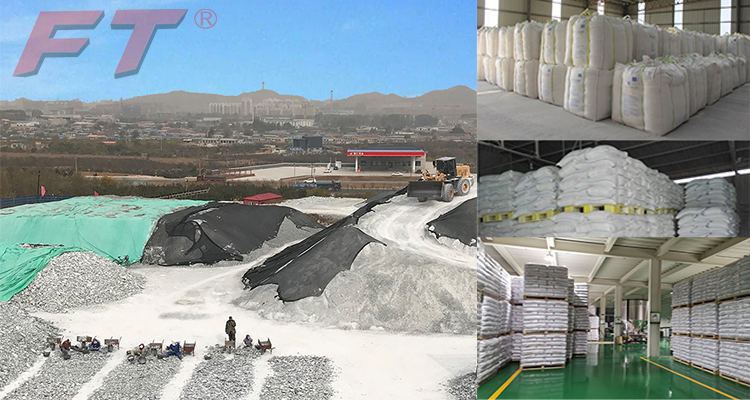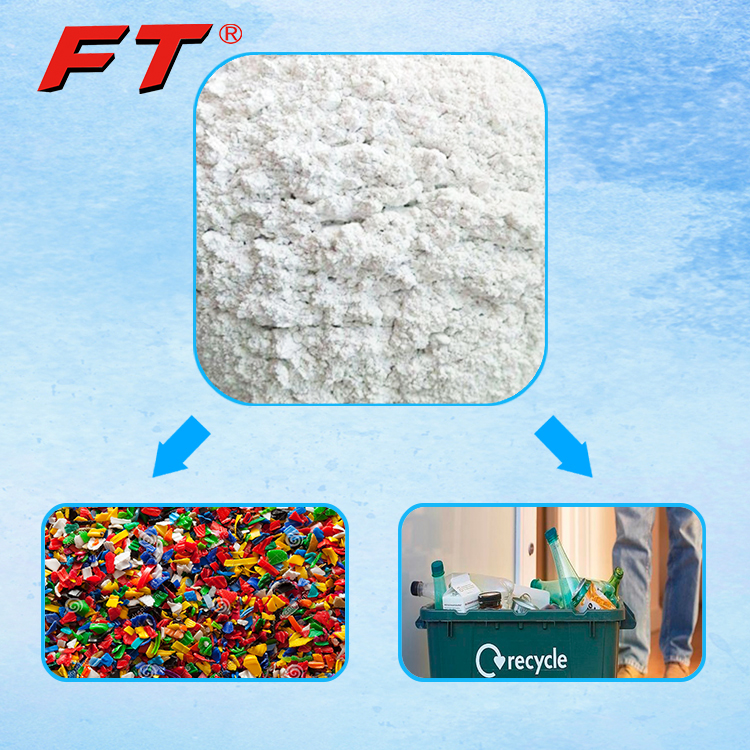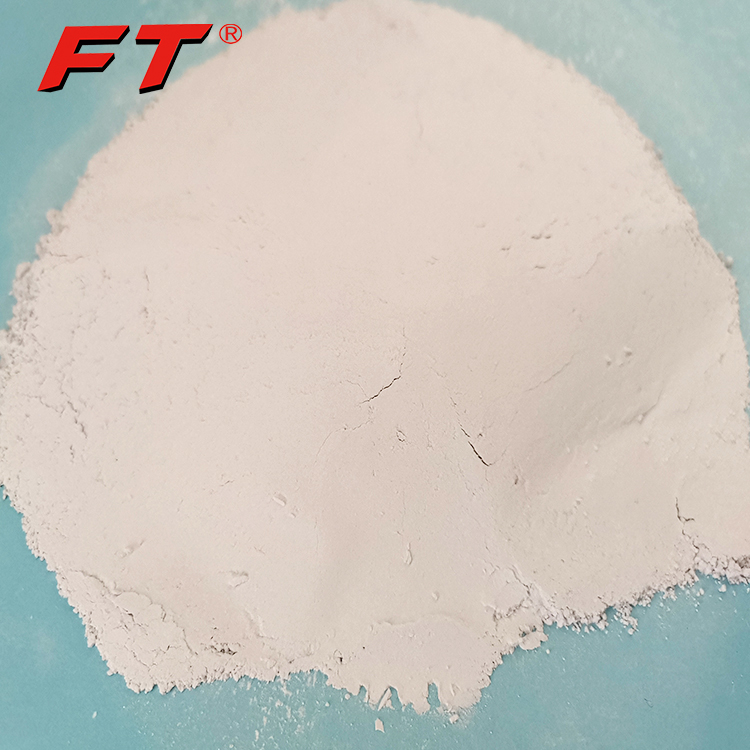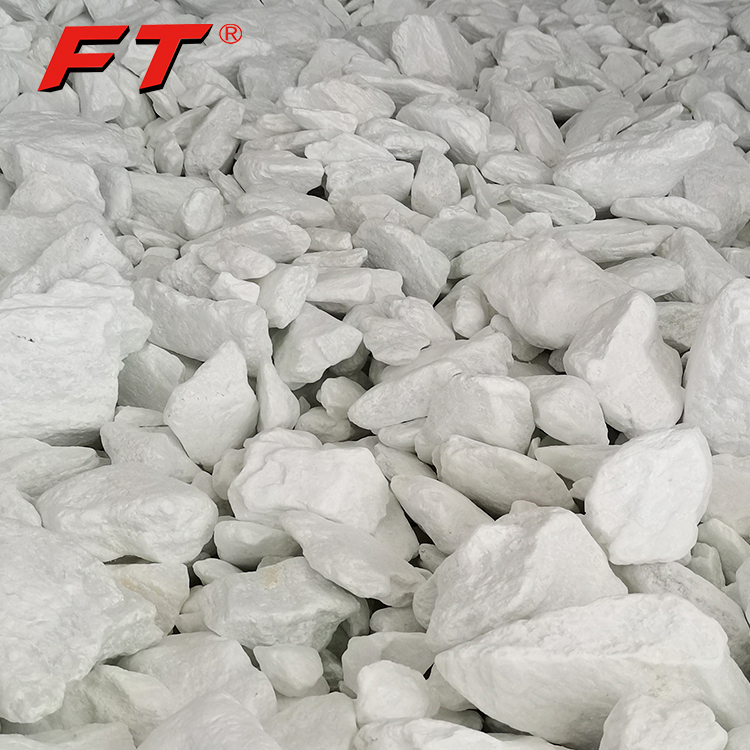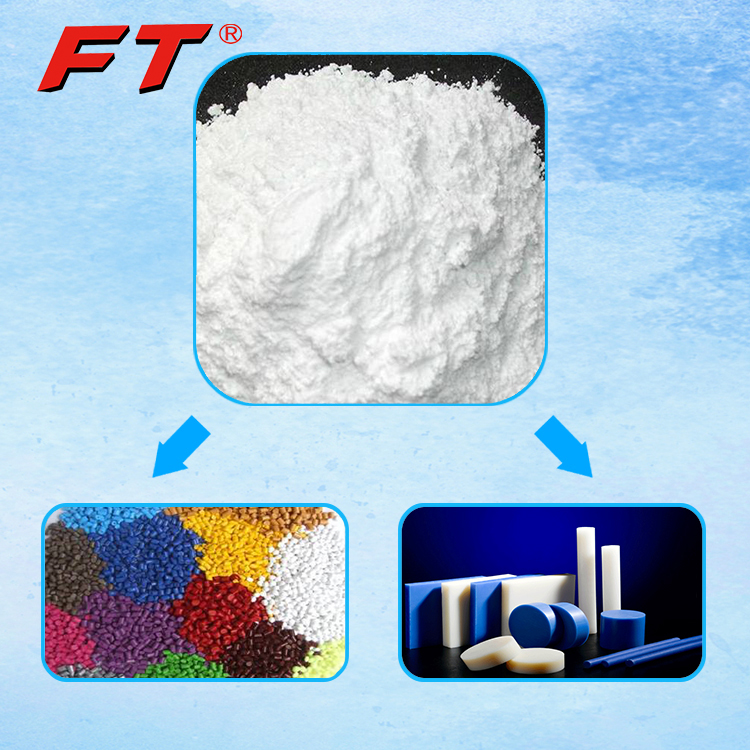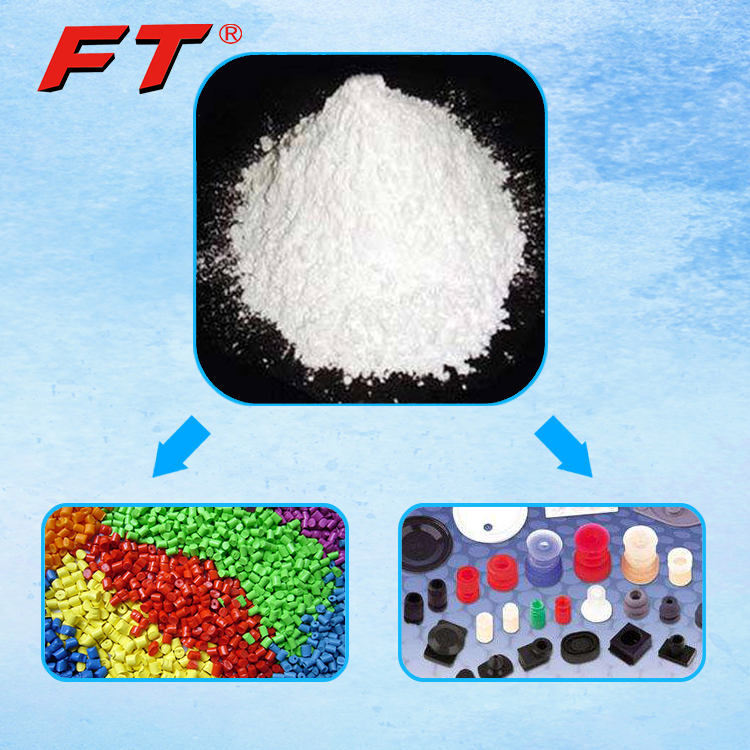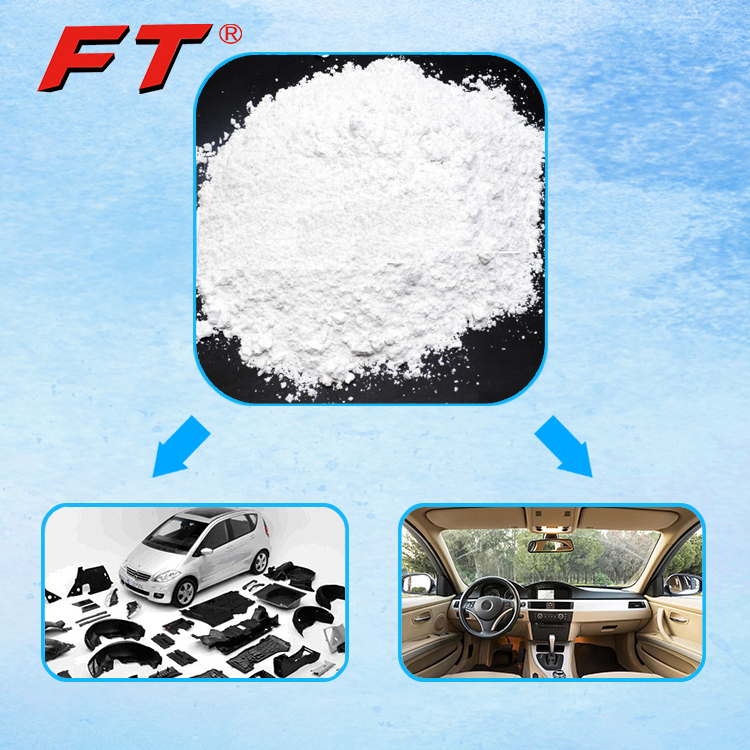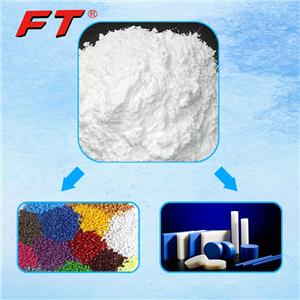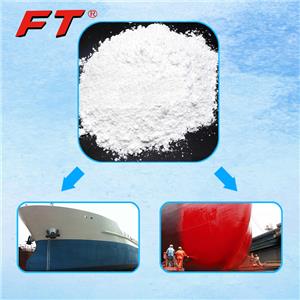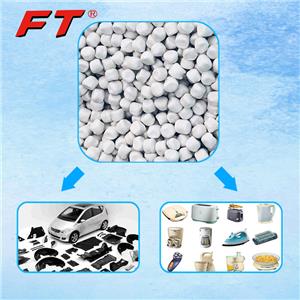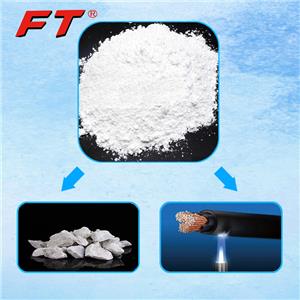Talcs For Recycled Plastic

- FuTai
- LiaoNing, China
- Prompt delivery
- 3000T per month
Product Highlights:
1. Talcs for recycled plastic compounds can restore mechanical performance of the plastic.
2. Talc powder reinforce the recycled plastic with improvement in dimensional stability.
3. Using the talc in recycled PP compounds, the finer the talc, the greater the effect on flexural modulus.
4. Talcs for recycled plastic enhance the heat resistance of recycled PP compounds.
Introduction of talc powder for recycled plastic:
Nowadays, the whole world and societies are benefiting from the using of plastics in daily life and also industrial production. However, we are also facing worse and worse challenge from the environment, the climate change and also plastic waste on our planet. The conceivable 2 methods to reduce the plastic pollution are recycling plastic waste and to use degradable plastic. The benefits of recycling plastic are evident insofar as recycling preserves natural resources and supports advancements towards a more developed circular economy.
Recycling plastics is challenging, however, as the mechanical properties of recycled compounds tend to deteriorate during the recycling process limiting their future use. Waste streams also contain a mix of plastics which have different properties and which are not necessarily compatible, so sorting and recycling these different plastics adds complexity for the recycling plastics industry.
Used as functional reinforcing agents, Futai talcs for recycled plastics can restore the mechanical properties of recycled plastic compounds enabling them to match increasingly demanding end-user requirements. Using our ultra fine talc power, recycled polyolefins materials that would otherwise not be compatible can now be processed at up to 100% and used in higher value applications that meet key performance requirements.
We proceed the testing and comparison, adding Futai talcs to recycled polypropylene (PP) increases composite stiffness. The finer the talc using, the greater the effect on flexural modulus.
As an additive, modifier or filler, talc powder has been widely used in plastics, coatings, paint, ceramics, cosmetics, rubbers, papermaking, agriculture, food, medicine and other industries. Talc has the advantages of soft texture, low abrasion, high gloss, low oil absorption, and good transparency.
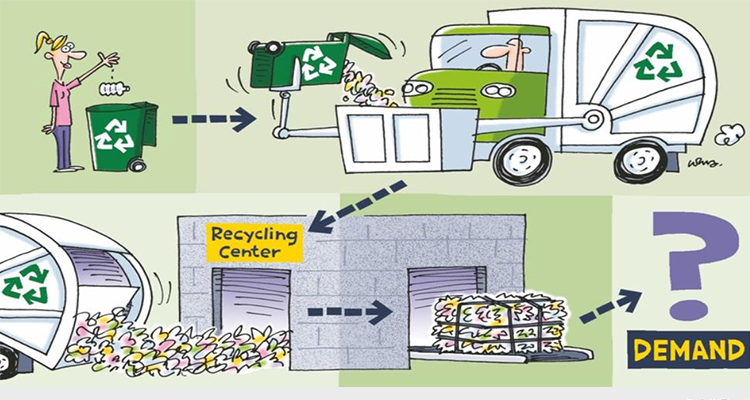
Product features:
Futai is producing different grades of Talc Powder For Recycled Plastic strictly according to this industry’s physical and chemical properties. By using high grade talc material, we produce many distribution particle size talc powder, with features of stable color Gardner and easy color matching. The high content of silicon dioxide can improve the tensile strength and impact Strength of the products. The high fineness can improve the dimensional stability of products.
Talcs For Recycled Plastic offers greater strength and/or weight-savings, greater dimensional stability and flame retardation, extraordinary softness reduces machine-wear during processing, exceptionally high degree of whiteness for maximum brightness.
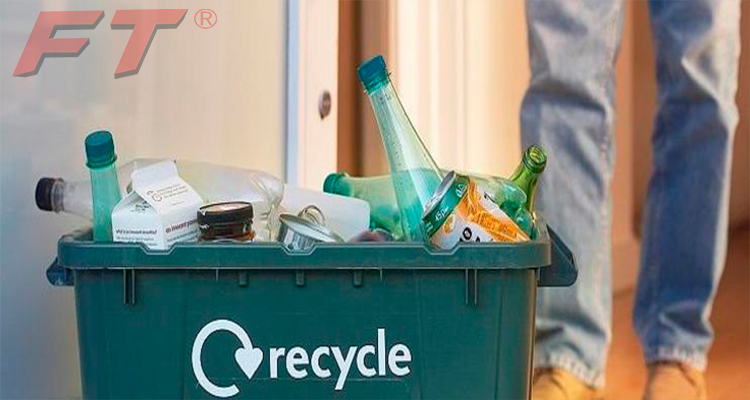
China is the world's largest producer, consumer and exporter of talc. With the continuous improvement of people's performance requirements for plastic products, the demand for talc powder in the plastic industry is increasing.
Main uses of Talc Powder For Recycled Plastic:
Recycled polypropylene (rPP)
Recycled Polyethylene (rPE)
Polyvinyl Chloride (PVC)
General parameters of Talc Powder For Recycled Plastic:
Mesh | 1250-5000mesh |
Whiteness | above 90%-95% |
SiO2 | 55-60% |
We recommend our regular models FT2092, FT3092, FTJ1250, 9715, 9725 to the customers who use talc powder for plastic modification for plastic processing. For more info about the products, please feel free to contact our technician representatives.

We can also supply according to customized quality demand.
Some precautions for using talcum powder:
To achieve the best results, use good talc powder, pay attention to the following points:
1. Talc powder must be subjected to surface activation treatment. The surface activation treatment of talc powder is mainly to improve the compatibility between talc powder and plastic raw materials and increase the modification effect. Different surface treatment agents should be selected for different plastics, such as Maleic anhydride grafted polypropylene is a good way.
2. The dispersibility of talc in plastic raw materials. Under the same formula, the dispersibility of talc in plastic raw materials has a great influence on the final physical and chemical properties of the modified material. It should be strictly controlled in the production process to affect the dispersibility of talc in plastics. The main factors of dispersibility in raw materials are formula, temperature, output, technological process, etc. In addition, when the amount of talc added is large, a step-by-step method can be adopted to achieve a good dispersion effect.
3. For different plastics, different specifications of talc should be selected to achieve the desired effect. This is very particular, and a bad choice may backfire. Because different plastics, different products, and different conditions of use have different requirements on raw materials, different choices must be made to achieve the desired effect.
About our company:
Dalian Futai Mineral New Materials Technology Founded in 2009, the company is a comprehensive enterprise integrating mining and processing of mineral products, R & D and production of masterbatch, product sales and service. Since its establishment, the company has been committed to the processing of talcum powder and related filler masterbatch, and has won unanimous praise in the industry. It is a professional technical production enterprise and has won a number of awards from relevant associations in the industry.
